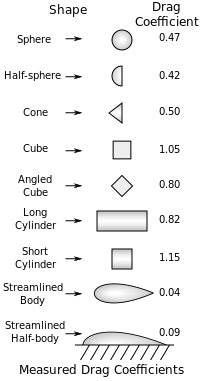
Photo from wikipedia
Abstract Increasing demands for robust surfaces in harsh conditions, such as erosion, abrasion and sea-water, has stimulated the development of self-lubricated protective coatings. Meanwhile, due to the oil crisis, research… Click to show full abstract
Abstract Increasing demands for robust surfaces in harsh conditions, such as erosion, abrasion and sea-water, has stimulated the development of self-lubricated protective coatings. Meanwhile, due to the oil crisis, research in water lubrication again attracts much attention from both academics and practical engineers. Here, a higher hydrophilicity accompanying with a remarkable drop of friction coefficient in water environment was achieved successfully in Mo2N/Ag coatings by increasing Ag content. To do these, the Mo2N/Ag coatings with different Ag content were deposited by co-sputtering, which exhibit a nanocomposite structure consisting of precipitate Ag embedded in the Mo2N matrix. The high hydrophilicity can be ascribed to the combined contributions of the partial oxidation of Mo2N and high polarity of Ag precipitates. The decrease of friction coefficient is illustrated by the colloidal friction products and a mode with electric double layer. In which, enhanced hydrophilicity will result in forming a thin “water film” layer between the interface of counterpart and the coatings. And the MoOx/Ag2Mo4O13 derived from the hydrolysis action of Mo2N/Ag sliding in water could function as lubricant phase. Meanwhile, these negative charged MoOx/Ag2Mo4O13 colloidal particles induce the rearrangement of positive ions in the “water film” and form an electric double layer, which also contributes to the decrease of friction coefficient.
Journal Title: Applied Surface Science
Year Published: 2018
Link to full text (if available)
Share on Social Media: Sign Up to like & get
recommendations!